AUBURN — I thought I had it figured out.
When in doubt, look for the road most traveled by, I thought. It won’t be long until I find my way out. So I followed the most worn path.
Instead, 57 minutes after starting the corn maze at Wallingford’s Fruit House, I left the same way I went in.
The corn maze at Wallingford’s didn’t seem difficult at first. Not even the five-way intersections fazed me. Yet, soon I found myself unknowingly rounding the same turns time after time.
Now, I can see that the signs were there from the start.

Ethan Oldham, of Auburn and his son Eli check out an ear of corn in the maze at Ricker Hill Orchards in Turner Wednesday afternoon. Russ Dillingham/Sun Journal
I should have known I would be in for a challenge when Peter Ricker, one of the owners of Wallingford’s and Ricker Hill Orchards in Turner, told me two of his staff members had tried and failed to find the exit.
Then, there were the narrow, corn-trampled paths leading out of the maze, presumably created by the lazy or those desperate to escape.
I almost took one of these paths myself after I became hungry enough to contemplate nibbling on the hard corn or, more appealingly, the dirty, discarded apples scattered on the ground.
But, even as I braved delirium from hunger and dehydration, I sincerely found myself enjoying the challenge.
Ricker admitted that the maze isn’t well-kept, and I wouldn’t disagree. But there was something about the drooping corn stalks and rugged paths that makes me certain I’ll be back for a second try.
And next time, I’ll eat breakfast first.

An aerial view of the corn maze at Wallingford’s Fruit House in Auburn Wednesday morning shows that the exit isn’t too far from the entrance. The trick is getting there. Russ Dillingham/Sun Journal
A MULTI-MONTH PROCESS
Before talking with Cathryn Anderson, the education department director at Pineland Farms in New Gloucester, I thought corn mazes were cut only after the corn was fully grown.
Clearly, I didn’t know very much about corn mazes.
Anderson, who oversees the annual creation of Pineland’s 5-acre corn maze, and Ricker explained to me that there are two main methods for creating a maze. Traditionally, farmers first cut paths when the corn is about knee high. Afterward, the paths are mowed every couple of weeks to keep them clear.
Both Pineland and Wallingford’s use this method. They cut the main path first, adding extra paths and dead ends later.
The other way is to use GPS — global positioning-guided machinery — to strategically plant corn in the final shape of the maze. Ricker said several businesses reach out to him each year offering to make Wallingford’s corn maze using the GPS method, but he has so far declined.
As simple as a corn maze may seem, I learned that it takes months of careful planning and maintenance.
“The most mentally frustrating is the three weeks after planting, because you’re always — your whole goal is to make sure that the corn comes up,” Ricker said. And he doesn’t have just one maze to worry about, but three. In addition to the main maze at Wallingford’s, there are also smaller mazes designed for children at Wallingford’s and Ricker Hill.
Last year, his son planted the 7-acre field for the main maze. They didn’t realize he had missed a section in the middle of the maze until the corn around it had already started growing.
Nature itself can be the most challenging aspect, Anderson said. A few years ago a storm moved through the region and knocked a stand of corn to the ground.
“You can’t control that, and you can’t foresee when that’s going to happen,” she said.
One year, a member of her staff found himself face to face with a deer while walking through the maze.
But in many ways, that’s the fun of the corn maze: you never quite know what you’re going to find around every turn.
‘VEGETABLE, FRUIT OR GRAIN?’
The corn maze at Pineland is a completely different experience than Wallingford’s.
Trivia questions are found at most intersections in the maze to help guide visitors. The signs have both the answer and the correct direction on the back.
Most of the agricultural-themed questions are easy, but fun. My favorite question asked which county in Maine produces the most maple syrup. I’m not sure which county I would have guessed had there not been three options, but it certainly wouldn’t have been Somerset, which was the answer.
Another question asked whether corn is a vegetable, fruit or grain. This one was tricky, and I won’t spoil the answer.
Corn Quiz: Stalking the facts
“That’s just an important piece of our mission here at Pineland, which is to educate and connect folks to the natural world around them and to farms,” Anderson said. “So (the trivia questions are) just a way to make the corn maze a little bit more educational, but also give people clues to get through the maze.”
It took me 17 minutes to get through the maze without help from the trivia questions. However, in previous years I’ve spent upward of 30 minutes trying to find my way out. Last year, I broke down and used the clues.
“The intention is to get lost when heading into the maze,” Anderson said. “You shouldn’t head into it thinking that you’re going to just walk through and not take a wrong turn.”
Pineland’s maze is a bit smaller than Wallingford’s at just over 5 acres, and the education department keeps the maze well-maintained. It’s a lovely maze to do with friends or young kids.

Skyler Tyler, of Farmington, chases friends through the corn maze at Ricker Hill Orchards in Turner Wednesday afternoon. Russ Dillingham/Sun Journal
PENCIL, PAPER AND A DEGREE IN ENGINEERING
Treworgy Family Orchards in Levant has made creating corn mazes an art form.
Each year, the owners create intricate corn mazes shaped like bears, dragons, ships, locomotives and more. So a-mazing in fact that it was once again a finalist for USA Today’s top 10 list of best corn mazes in the country, coming in second this year.
Jonathan Kenerson, the chief executive officer, explained that he and his brother-in-law both use their degrees in engineering from the University of Maine to design and shape Treworgy’s mazes.
Each maze is designed with just a pencil and a sheet of paper. Later, they use “old-fashioned” surveying equipment and techniques to create the maze.
The entire process, from drawing, to layout, to planting and cultivating, is done by Treworgy.
“It does take quite some time and the old methods of pencil and paper, transit and tape, are more involved than the modern methods of GPS-controlled machines, but we’ve found that we are able to create a much more beautiful design with these tools and it’s more satisfying to create this way,” Kenerson said.

An aerial view of Treworgy Family Orchard’s 2016 corn maze in Levant depicting characters from the children’s book series “Good Knight.” Contributed photo
Their first corn maze — and Maine’s, they claim — was created in 2001 to look like a piece of popcorn. As the years have passed, their technique and designs have improved.
“At its core, the maze is not just wholesome family entertainment, but art. And good art invites us into something bigger and deeper,” Kenerson said.
This year’s maze is inspired by the beloved children’s novel “Charlotte’s Web.” Kenerson said they chose the novel because it “highlights the power of farming, friendship and our words.”
“It’s our hope that experiencing our maze helps people connect to one another, to the land and to that often-dormant childlike sense of wonder that arises wandering in a field of corn,” he said.
Send questions/comments to the editors.


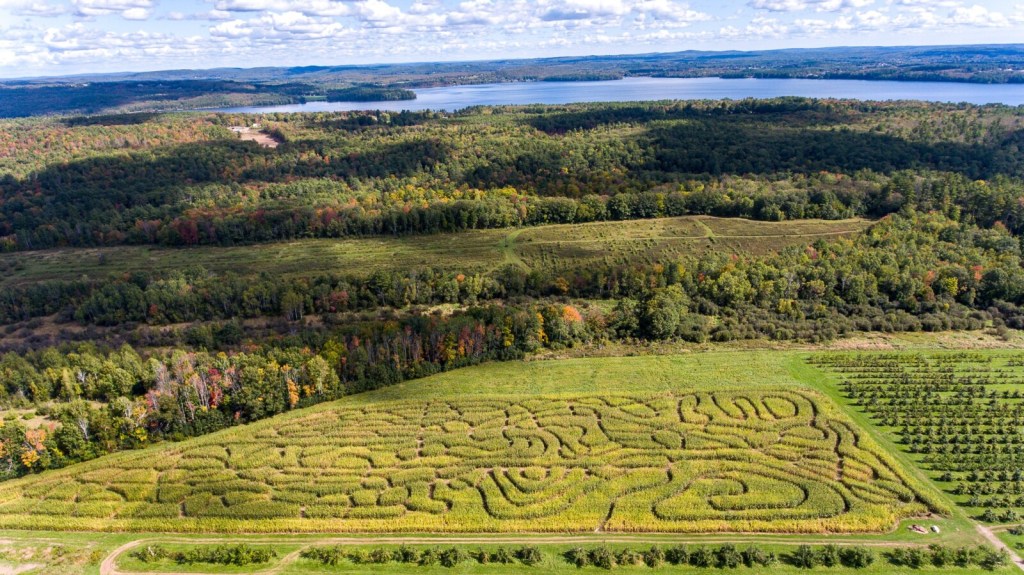
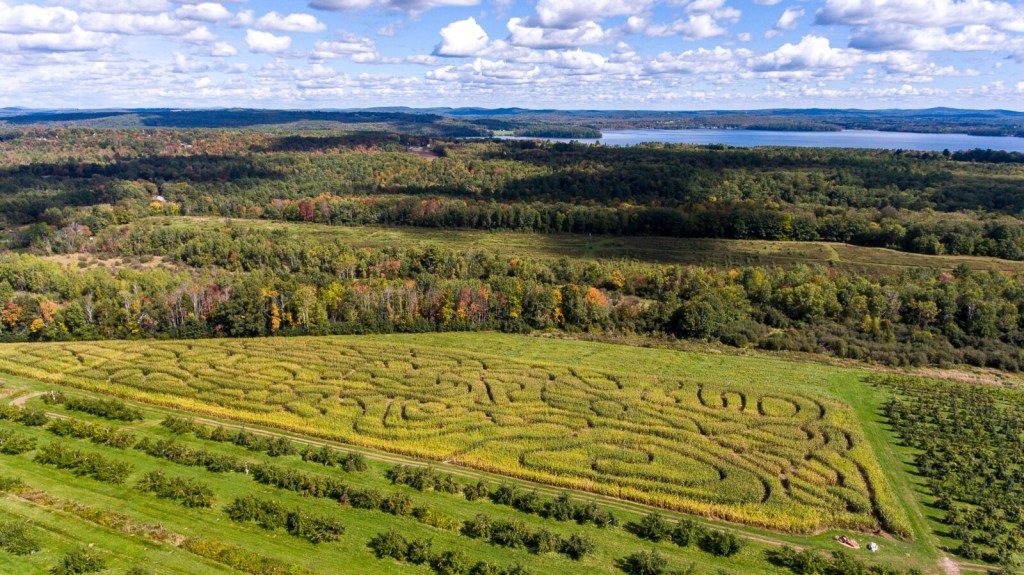
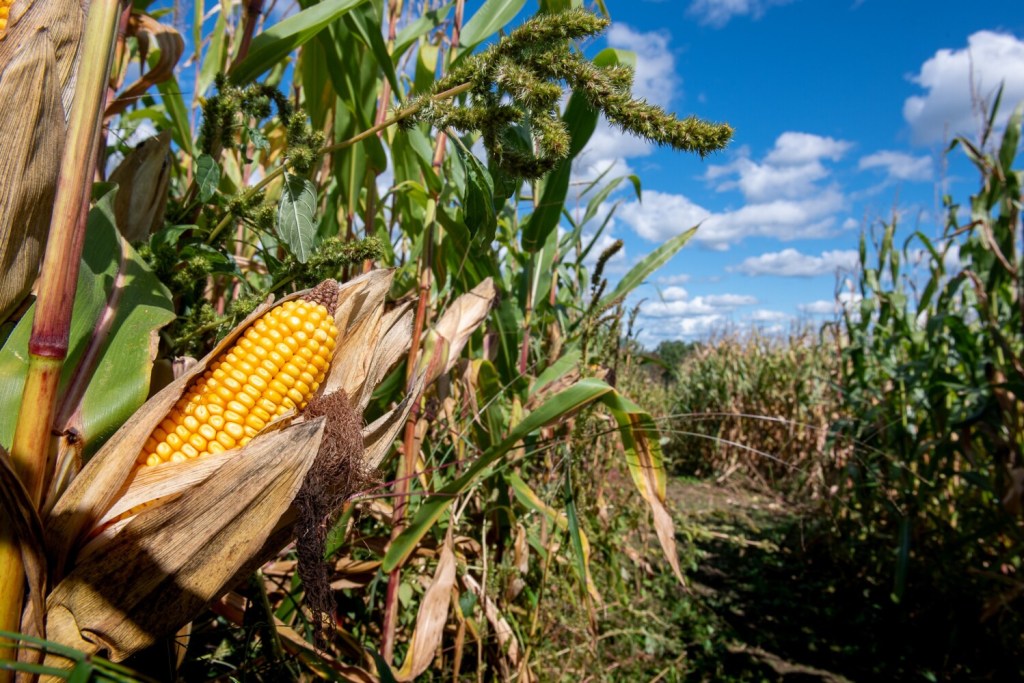
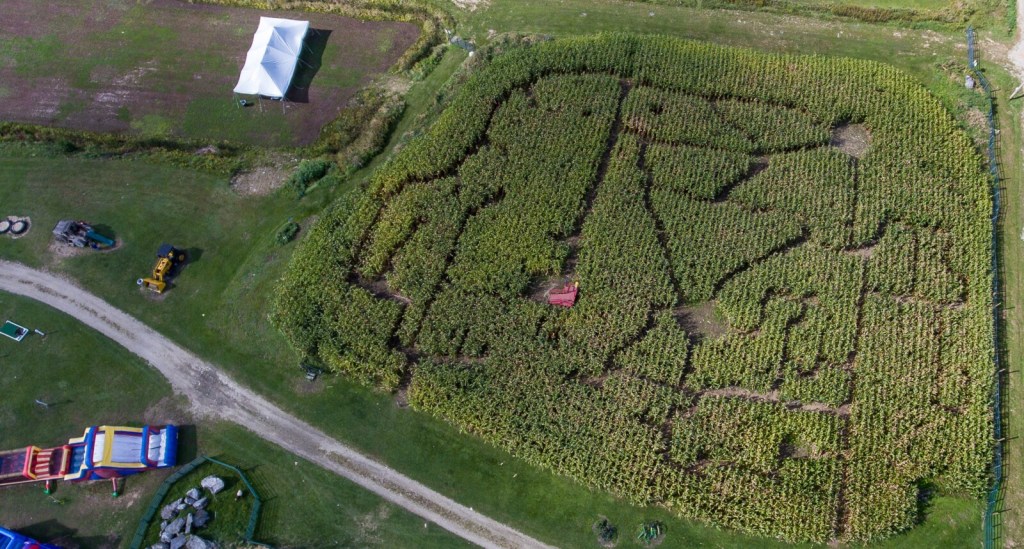
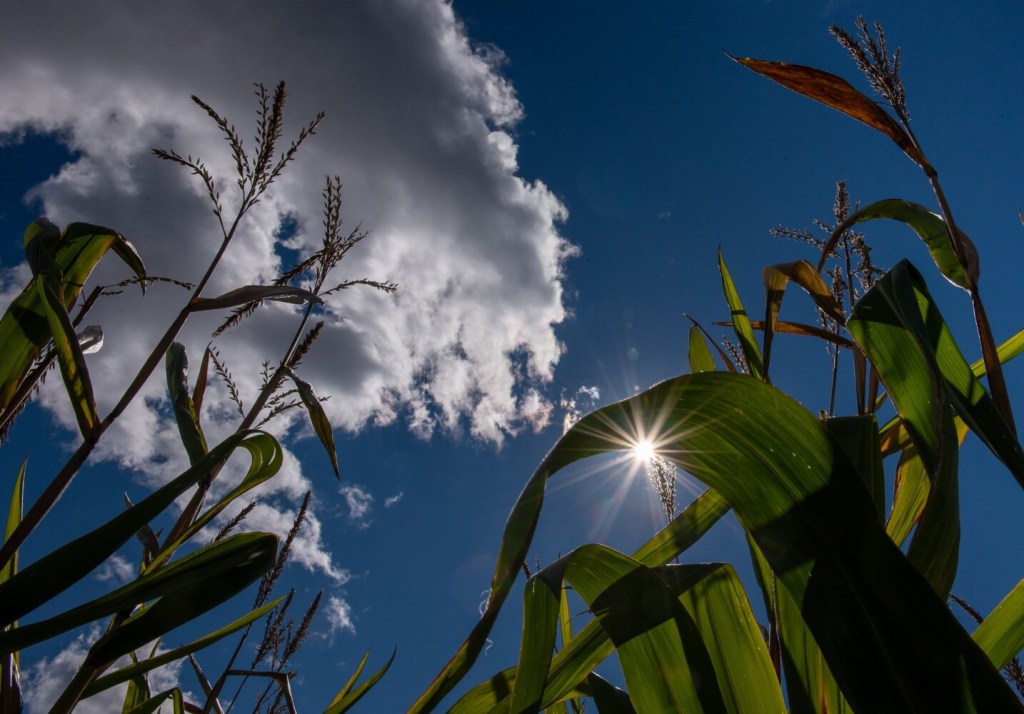
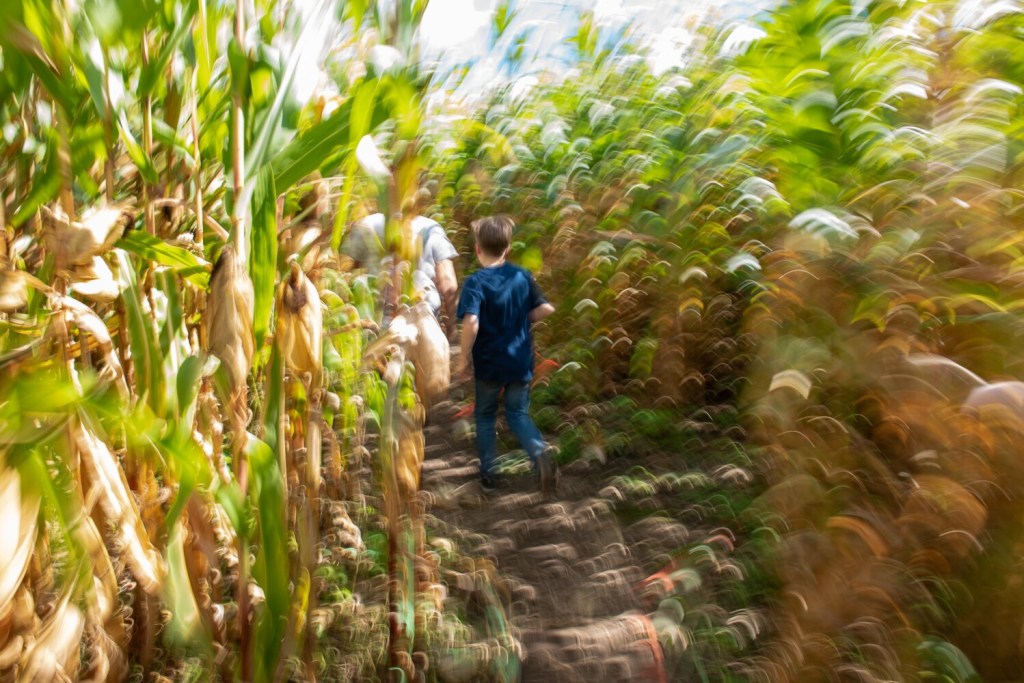
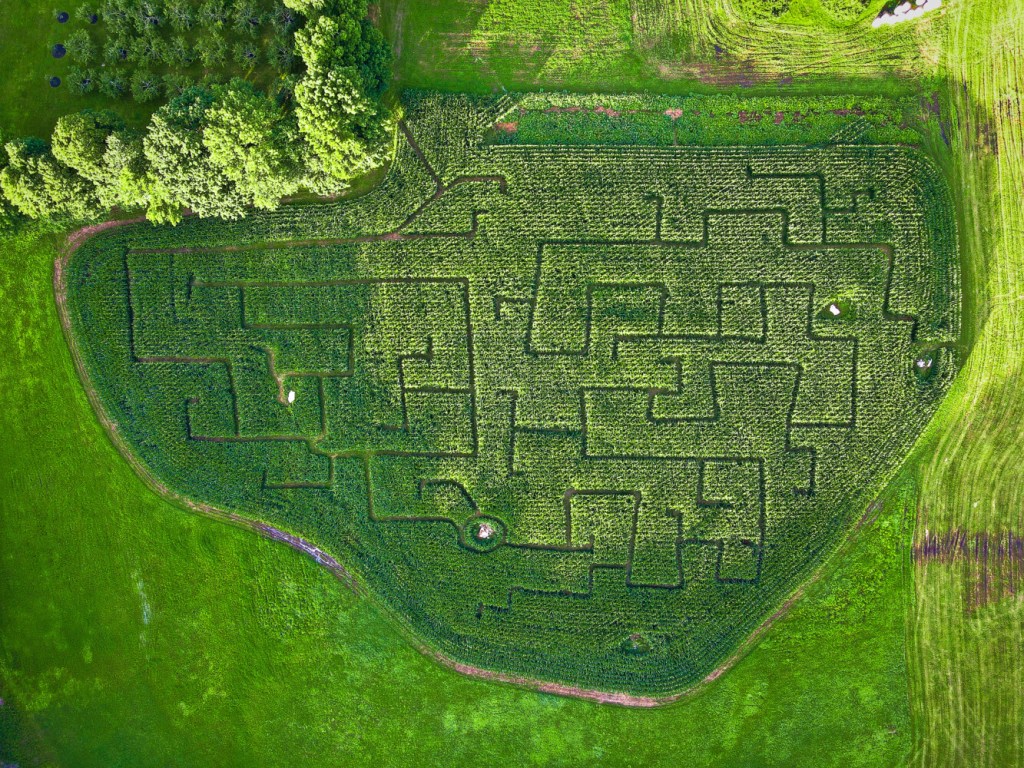
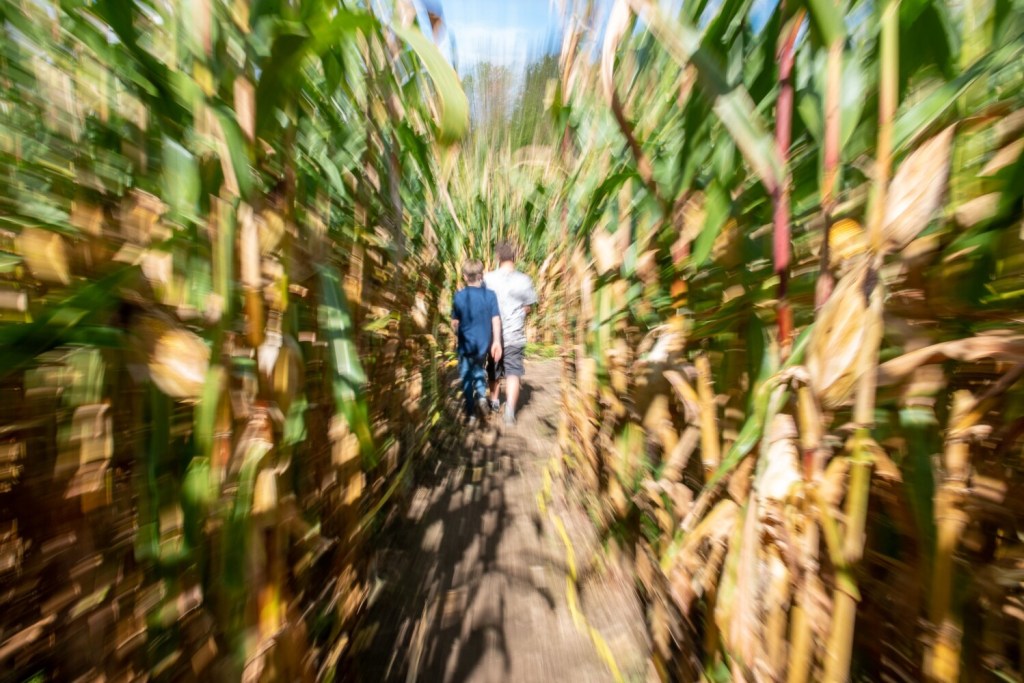
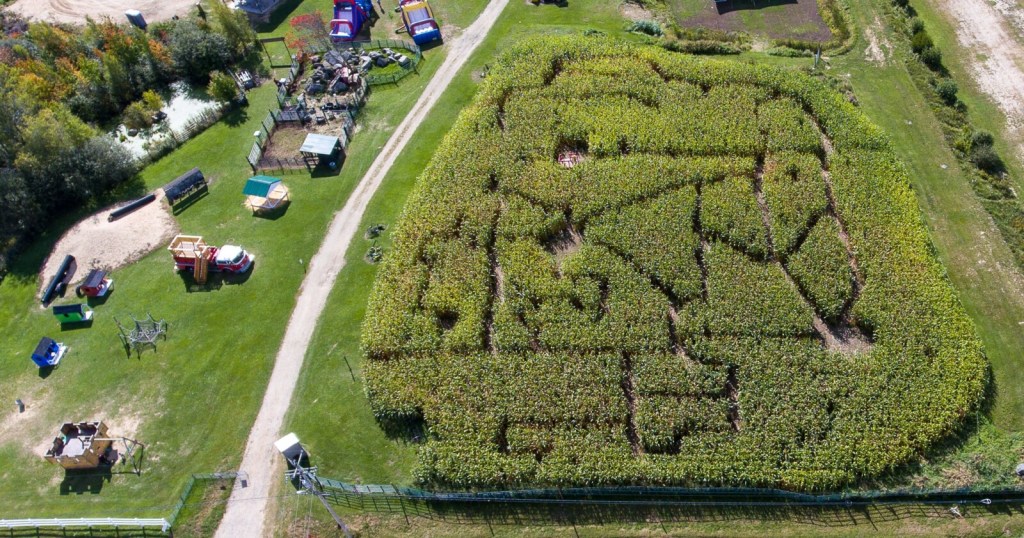
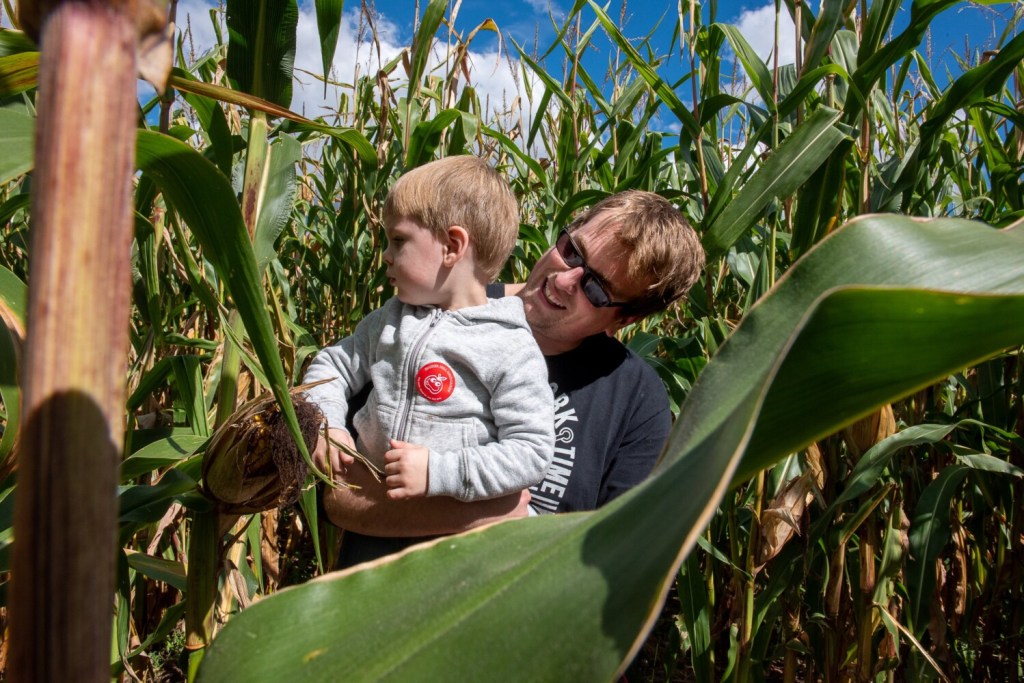
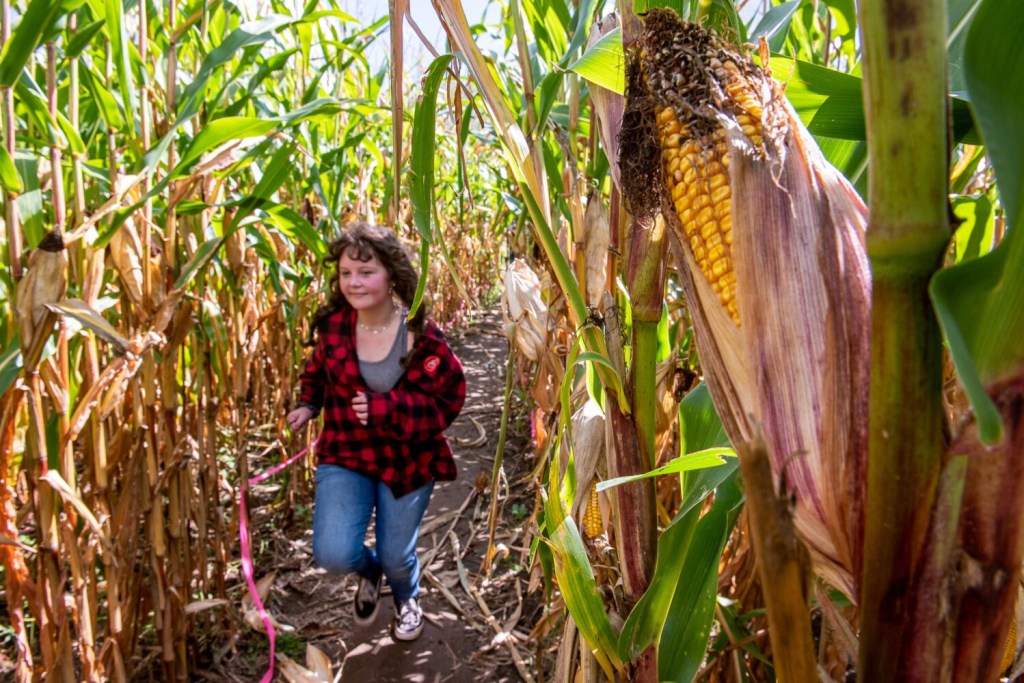
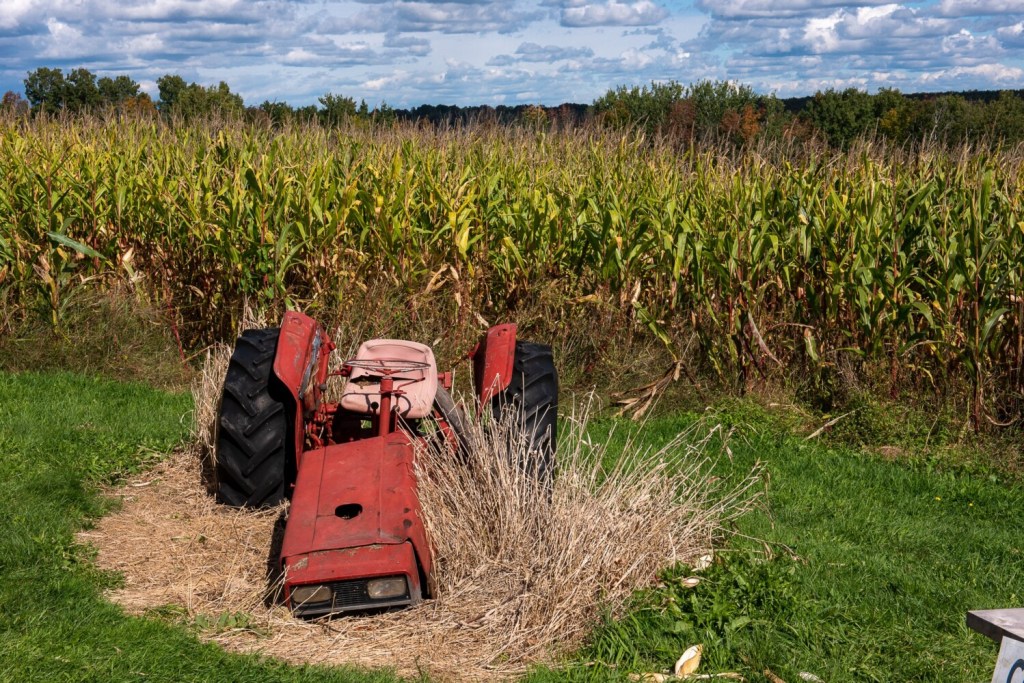
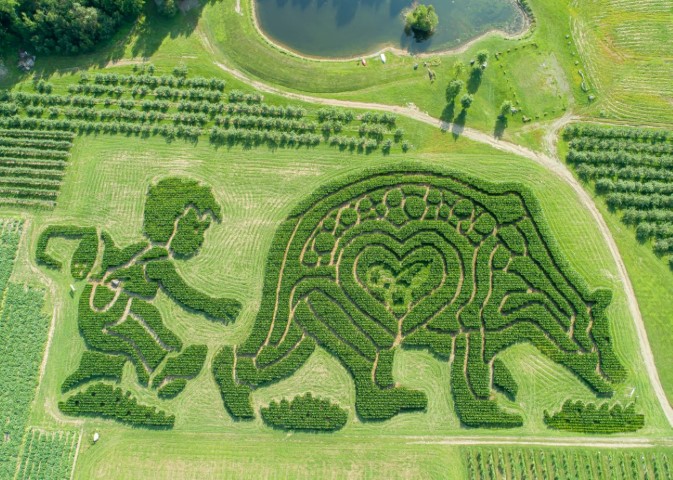
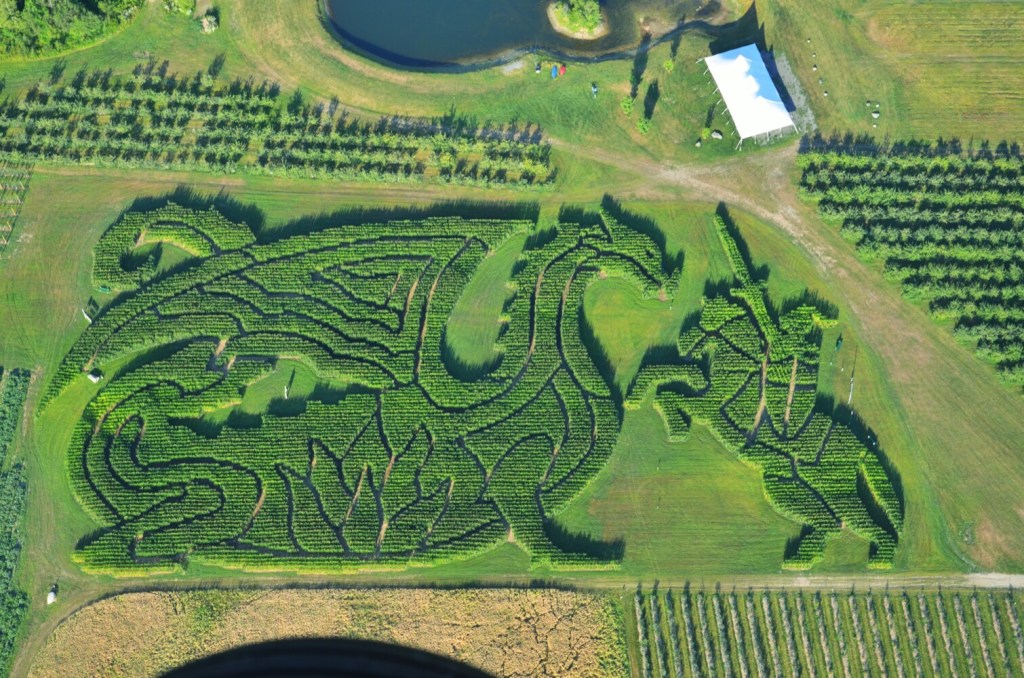
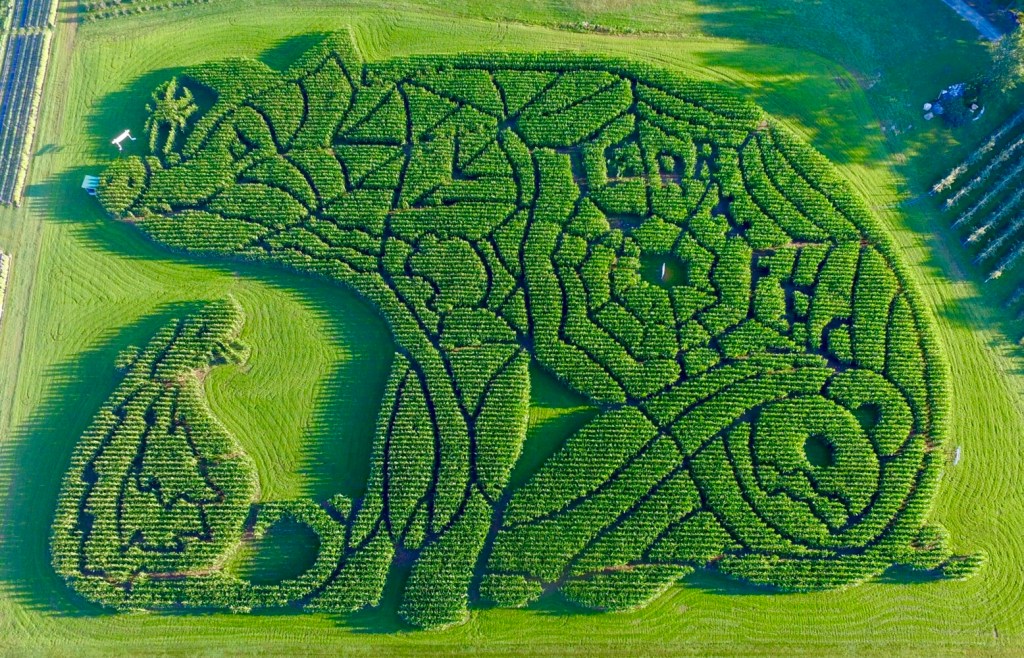

Success. Please wait for the page to reload. If the page does not reload within 5 seconds, please refresh the page.
Enter your email and password to access comments.
Hi, to comment on stories you must . This profile is in addition to your subscription and website login.
Already have a commenting profile? .
Invalid username/password.
Please check your email to confirm and complete your registration.
Only subscribers are eligible to post comments. Please subscribe or login first for digital access. Here’s why.
Use the form below to reset your password. When you've submitted your account email, we will send an email with a reset code.